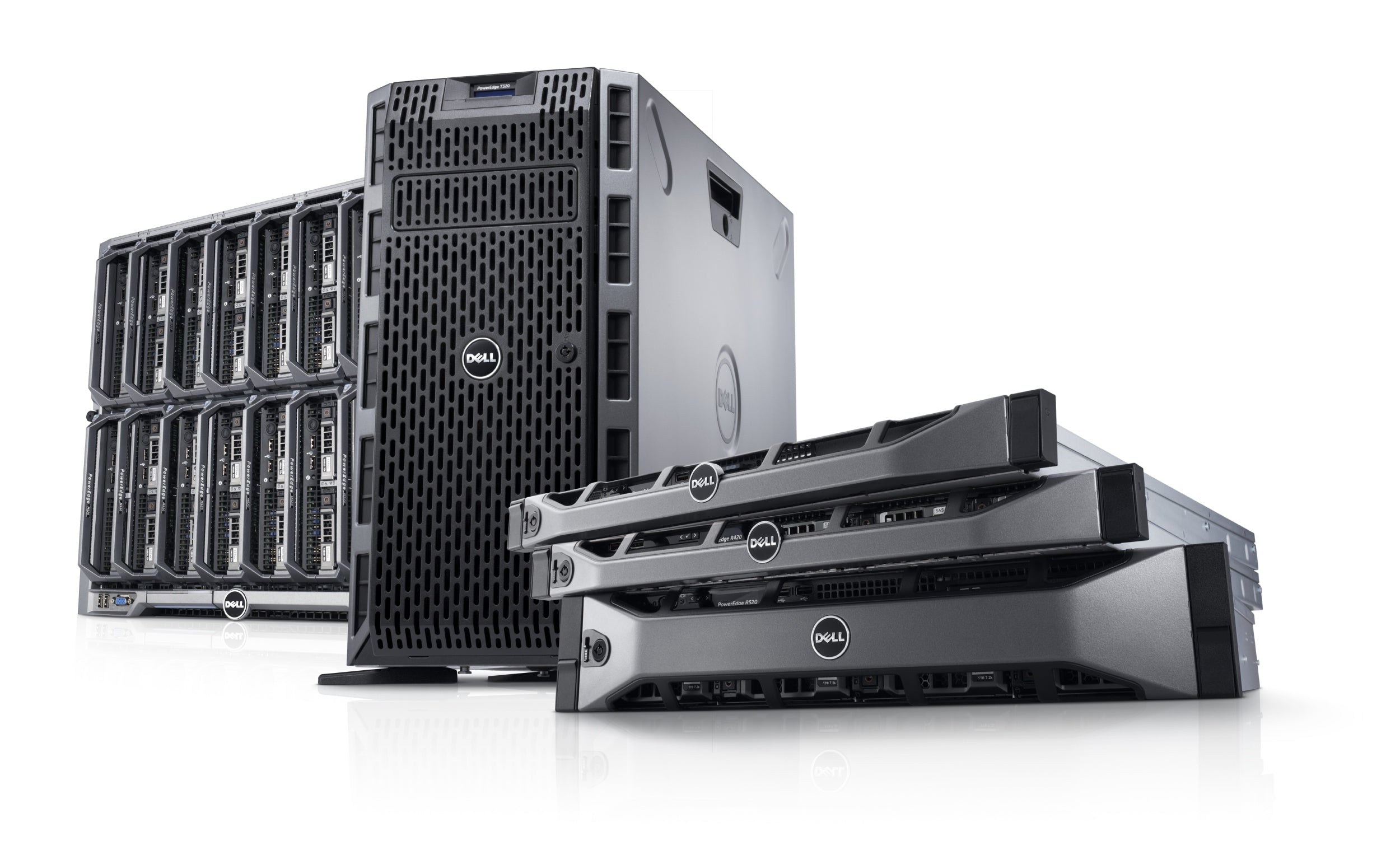Dell PowerEdge servers combine a highly scalable architecture and optimum balance of computer and memory to maximize performance across the widest range of applications. Since the introduction of the Generation 10 servers in 2007 Dell has adopted a standardized method for naming their servers; the name of each server is now represented by a letter followed by 3 digits. The letter indicates the type of server: R (for Rack-mountable) indicates a 19" rack-mountable server, M (for Modular) indicates a blade server, whilst T (for Tower) indicates a stand-alone server. This letter is then followed by 3 digits. The first digit refers to the number of sockets in the system: 1 to 3 for one socket, 4 to 7 for two sockets, and 8 or 9 for four sockets. The middle digit refers to the generation: 0 for Generation 10, 1 for Generation 11, and so on. The third digit indicates the make of the CPU: 0 for Intel or 5 for AMD. Most Dell Power Edge Servers utilize intel’s line of Xeon E3, E5 and E7 processors with most recent generations utilizing DDR3 1600MHz to DDR4 2666MHz.
Dell provides a complete tower server portfolio with a wide choice of performance and functionality, providing you with a solid foundation to run your businesses and organizations. The PowerEdge tower servers are designed to deliver high quality and reliability at a consistently low acquisition cost with an exceptional price for performance.
PowerEdge Tower Servers
Entry Level: PowerEdge T140, PowerEdge T30, PowerEdge T340, Advanced: PowerEdge T440, PowerEdge T640 Servers
Dell also provides a complete portfolio of 1-, 2- and 4-socket rack servers designed to reduce complexity and deliver superior value. PowerEdge rack servers feature excellent performance and functionality and outstanding reliability.
PowerEdge Rack Servers
- One Socket: PowerEdge R240, PowerEdge R340, PowerEdge R6415 and PowerEdge R7415 Servers
- Two Socket: PowerEdge, R740xd, PowerEdge C4140, PowerEdge R740xd2, PowerEdge XR2, PowerEdge R730xd, PowerEdge R440, PowerEdge R540, PowerEdge R730, PowerEdge R630, PowerEdge R740, PowerEdge R640 and PowerEdge and PowerEdge R7425 Servers
- Four Socket: PowerEdge R940, PowerEdge R840 and PowerEdge R940xa Servers
In March 2012 Dell launched their 12th Generation based on Intel Xeon with two basic lines 620 and 720. The 720 offering two rack-model servers: the PowerEdge R720 and the R720XD where the later offers the option to extend the system up to 26 internal disks. The PowerEdge 620 series offers models for rack, tower and ½ height blade-server M620. For the Generation 12 server-line the out of band server-management system iDRAC received a new version: iDRAC 7. iDRAC allows you to access the server-console via a separate ethernet connection allowing you to get access to the server even when there is no (working) operating system or (normal) network connection available. It offers more or less the same functionality as a network-enabled KVM Switch, but with some additional options.
Click here to explore our Dell PowerEdge Server memory line of upgrades

